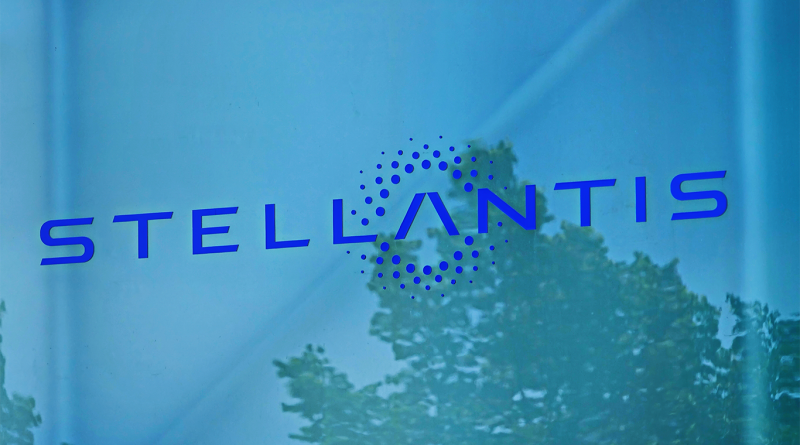Stellantis Integrates AI to Boost Efficiency and Sustainability Across Global Manufacturing
As digital innovation continues to redefine the manufacturing landscape, Stellantis is leading the charge in embracing transformative technologies. The global automotive leader is driving change through its Dare Forward 2030 strategy, leveraging cutting-edge technologies such as artificial intelligence (AI), digital twins, and autonomous mobile robots to improve efficiency, reduce environmental impact, and enhance workplace safety.
The Drive Towards Smarter Manufacturing
As part of its Dare Forward 2030 strategy, Stellantis is pushing the boundaries of AI-driven manufacturing to lower costs, optimize workflows, and achieve greater sustainability. The company’s ambitious goals include cutting production costs by 40% by 2030 and achieving carbon neutrality by 2038. AI is playing a pivotal role in these efforts by enabling Stellantis to streamline operations, enhance product quality, and reduce energy consumption.
Since 2021, the company has already made significant strides, cutting energy usage by 23%, reducing transformation costs by 11%, and improving quality control metrics by 40%. Technologies like digital twins—virtual replicas of real-world factories—are helping Stellantis predict and solve problems before they affect the production line.
AI-Powered Innovations Shaping Stellantis Factories
Stellantis has implemented a range of AI-enabled tools to optimize its production processes. One standout innovation is the Autodesk Construction Cloud, which facilitates real-time collaboration between Stellantis and its suppliers. This cloud-based platform allows all stakeholders to work on a shared virtual space, accelerating the design and validation process for factory layouts. This approach not only cuts down on ‘digital waste’ but also speeds up decision-making.
Another crucial technology is AI-powered robot guidance systems that use 3D vision to adjust operations in real-time, ensuring accuracy and efficiency. These robots have been instrumental in reducing lead times for assembling key components like powertrains. Autonomous mobile robots (AMRs) developed by wheel.me have automated internal logistics, converting traditional factory carts into smart vehicles that autonomously transport materials, further improving safety and efficiency.
Sustainability as a Core Driver of Innovation
Stellantis is committed to sustainability and energy efficiency, focusing on technologies that reduce waste and minimize environmental impact. AI and automation have enabled the company to lower its carbon footprint significantly, helping it move toward its goal of net-zero emissions by 2038.
The integration of AI-powered systems helps factories use resources more efficiently. For example, digital twins provide real-time data on energy usage, allowing managers to make adjustments that save energy and cut costs. By using AI to reduce waste and optimize operations, Stellantis is aligning its manufacturing processes with its broader sustainability goals.
AI Enhancing Workplace Safety and Productivity
Beyond efficiency and sustainability, Stellantis is also using AI to improve workplace safety. AI-guided robots are taking over many of the dangerous and repetitive tasks traditionally performed by humans. This reduces the risk of injury while ensuring precision and speed on the production line.
The capacity of autonomous mobile robots (AMRs) in helping to transport heavy or hazardous materials safely and efficiently within factories. These robots operate autonomously, freeing workers from the risks associated with manual material handling. The wheel.me AMRs, for instance, have been successfully deployed across multiple Stellantis facilities and are expected to expand to even more locations.
A Vision for the Future of Manufacturing
Looking ahead, Stellantis plans to scale up its use of AI and automation technologies across more factories by 2030. The company is expanding its digital twin and cloud-based platform implementations to further reduce costs and improve efficiency. These technologies will also play a crucial role in achieving Stellantis’ ambitious sustainability targets.
AI will continue to drive defect detection and quality control improvements, ensuring that Stellantis delivers the highest standards in vehicle production. Stellantis is leading the way for the future of manufacturing by aiming to reduce production costs by 40% and achieve carbon neutrality by 2038. The company’s approach seamlessly integrates technology, sustainability, and innovation, setting a new benchmark for the industry.
Sources:
